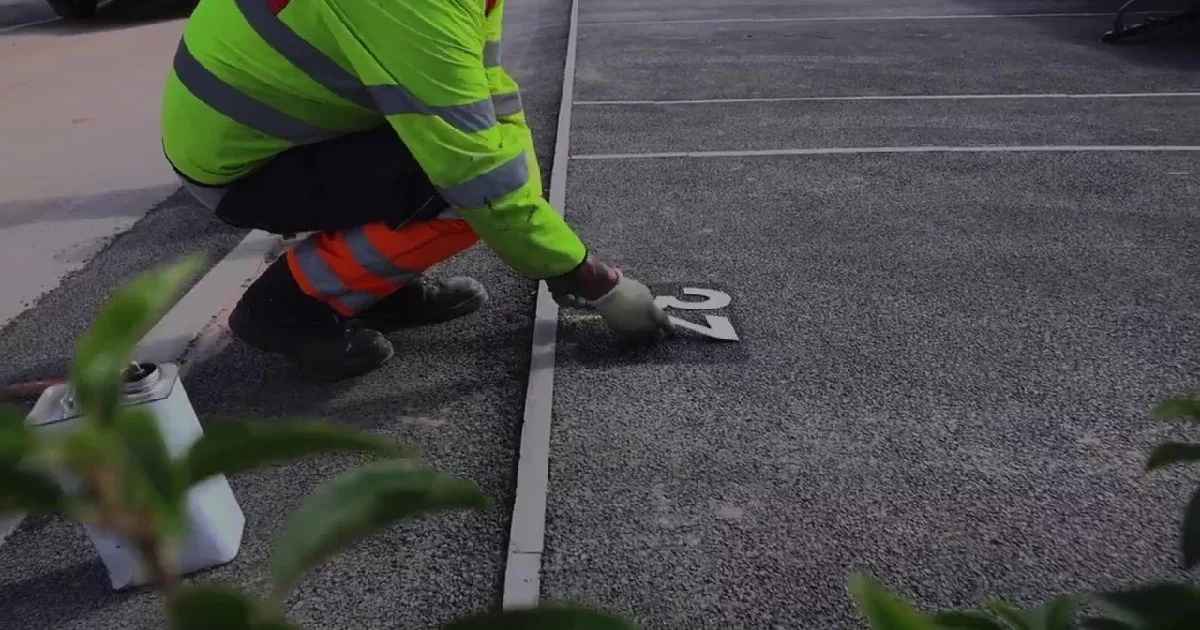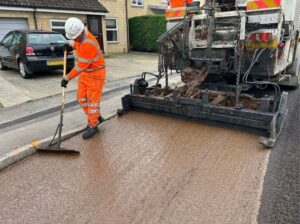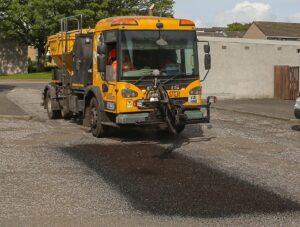A roads service budget of £10.6million was agreed at committee this week for Aberdeen’s roads to cover road and pavement repairs, safe routes to schools, lighting improvements, repairs to bridges, and flooding and coastal protection.
Aberdeen City Council’s Net Zero, Environment, and Transport Committee approved the capital budget for the service which also includes money for signage, drainage, road safety, traffic lights, and pedestrian crossings for 2023-2024.
A report to committee said the total capital spend would be £10.653m, as well as an additional revenue spend of £7.2million which has already been approved.
Co-Leader Councillor Ian Yuill said: “We welcome the committee’s approval for the roads service budget today as the repair and maintenance of roads, pavements, and bridges as well as flooding and coastal protection is of vital importance for the city.”
The report to committee outlined the spend for the areas:-
Traffic lights and pedestrian crossings – £274,000;
Lighting improvements – £1,000,000;
Cycling walking safer routes – £1,453,000;
Pavement resurfacing – £1,000,000;
Road resurfacing – £5,066,000;
Drainage – £200,000;
Weak and major bridge repairs – £330,000;
Signage – £30,000;
Flooding and coastal protection schemes – £1,100,000;
A92/A96 de-trunked programme – £970,000;
Road safety fund – £200,000.
The report to committee said outside market challenges have the potential to significantly impact this, and future, year’s programmes. The ongoing war in Ukraine, the continued post-pandemic economic climate and Brexit have led to increased and uncertain prices from suppliers. Whilst prices have stabilised somewhat since 2022, a significant degree of uncertainty remains. All financial values in this report are based upon best estimates of what costs will be this year, however if material prices, inflation & labour and plant costs continue to rise, sums significantly higher than those quoted in this report will be required.
Resurfacing and renewing road and pavements with bituminous materials comes with an inherent negative environmental impact due to the use of quarried materials and oil-based binders. However, as material technologies evolve, opportunities for lower carbon surfacing are starting to come to market.
The report outlined several ways in which the council is reducing its carbon footprint including new asphalt materials manufactured using lower temperatures, electric plant including vans and diggers and tools, such as saws, continue to be trialled.
A multi-year programme replacing traditional halogen streetlighting with more efficient LED lighting heads has seen a significant reduction in electric consumption of up to 70%, although the financial benefits of this reduction have been masked by the increased costs of electricity. Lit bollards continue to be replaced with reflective boards, where appropriate, further reducing energy consumption.
“Sites where pavement resurfacing is being carried out will be reviewed to identify places where it may be appropriate to plant trees. While trees have a positive environmental impact, care must be taken to only plant where appropriate so as not to cause damage to the surrounding pavements and roads which could negate any benefit brought by the tree,” the council added.






















